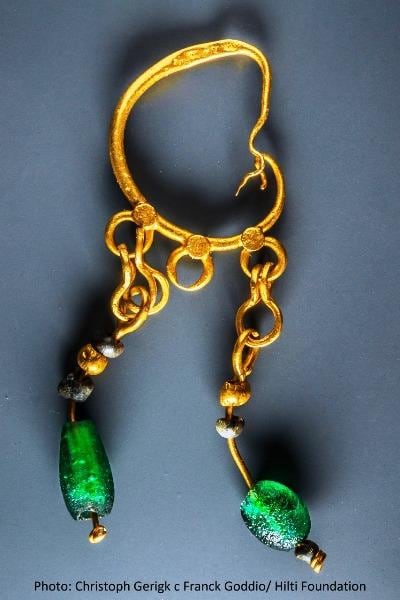Gold jewellery, coins and parts of an ancient temple are merely some of the artefacts divers uncovered in Egypt's ancient sunken city of Heracleion. Egypt's Ministry of Antiquities announced the discovery off the coast of the Nile Delta this week. The city is thought to have been built in the 8th century BC.
Heracleion is named after the Greek hero Heracles, also known as Hercules, and it is submerged 6.5 kilometres off Alexandria's coast in the Bay of Aboukir.
According to Atlas Obscura, "among the underwater ruins were 64 ships, 700 anchors, a treasure trove of gold coins, statues standing at 16 feet, and most notably the remains of a massive temple to the god Amun-Gereb, and the tiny sarcophagi for the animals that were brought there as offerings".
The season of archaeological dives lasted almost two months and used SSPI technology, the "latest" scanning device.
During the latest dives, the team discovered the remains of a large temple and its stone columns, as well as the remnants of a smaller temple that was buried a metre under sediment on the sea floor, according to the Ministry of Antiquities.

"The remnants of a port and a collection of pottery from the era" was found, as well as "gold coins and metal, and gold jewellery, including rings and earrings, as well as bronze coins from the Ptolemaic period and Gold coins from the Byzantine era," the ministry said.

"It is likely that the city was inhabited in the period between the fourth century BC and the Islamic era," it said.
Heracleion, which also goes by the name of Thonis, was first discovered in 2000. According to Live Science it was a "bustling metropolis in its day. When it was built in about the 8th century BC, it sat on the edge of the Nile River, next to the Mediterranean Sea. Cleopatra was even crowned in one of its temples. Then, about 1,500 years ago, it flooded and now sits under about 150 feet (45 metres) of water."


